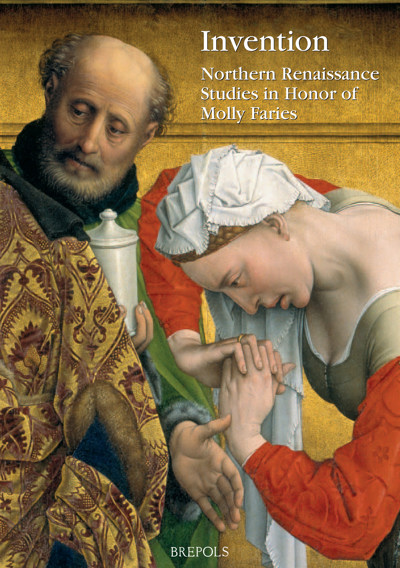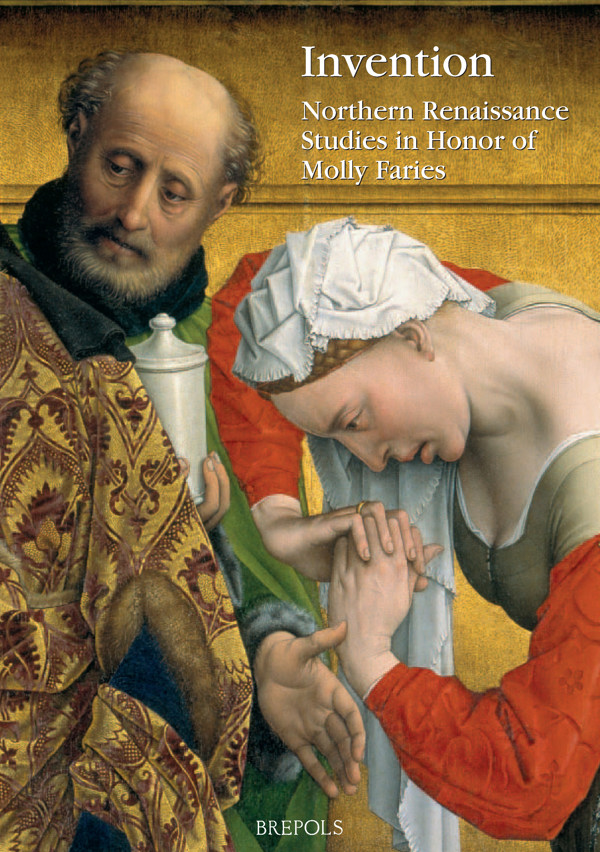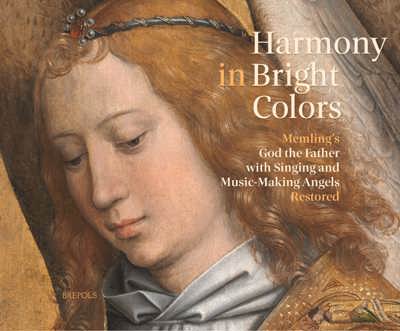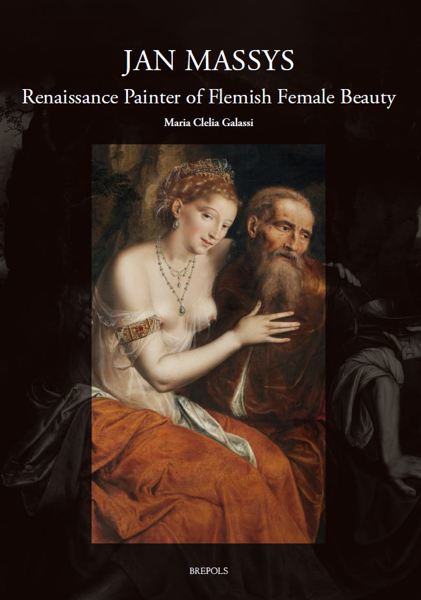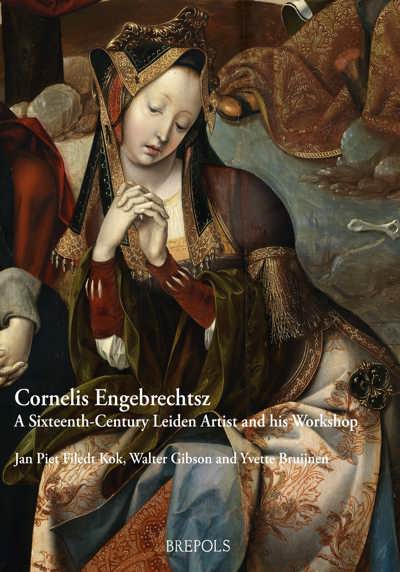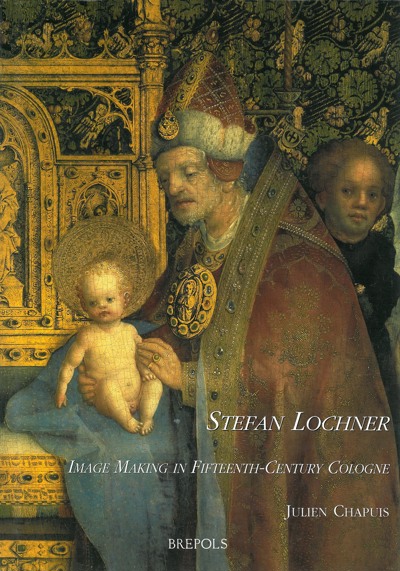
- Pages: 231 p.
- Size:210 x 297 mm
- Illustrations:188 b/w, 35 col.
- Language(s):English
- Publication Year:2008
- € 80,00 EXCL. VAT RETAIL PRICE
- ISBN: 978-2-503-52768-0
- Hardback
- Available
- € 80,00 EXCL. VAT RETAIL PRICE
- ISBN: 978-2-503-53815-0
- E-book
- Available
The authors who tackle these and other questions include university professors, curators, conservators, and conservation scientists, all recognized specialists in northern European art of the fifteenth and sixteenth centuries. The artists they discuss are among the greatest painters, manuscript illuminators, printmakers, and sculptors: Johan Maelwael, the Limbourg brothers, Jan Van Eyck, Rogier van der Weyden, Hans Memling, Lieven van Lathem, Juan de Flandes, Jean Hey, Albrecht Dürer, Hieronymus Bosch, Master H.L., Jacques Du Broeucq, and Jan Brueghel the Elder.
This book, one of the few devoted specifically to the concept of invention in Northern Renaissance art, is richly illustrated with 32 color plates and 179 black-and-white reproductions; it includes an index.
Table of content:
J.R.J. van Asperen de Boer, ‘Laudatio Molly Faries’; Julien Chapuis, ‘Introduction: Engaging Tradition in Fifteenth-Century Art’; Victor Schmidt, ‘Johan Maelwael and the Beginnings of Netherlandish Canvas Painting’; Timothy Husband, ‘The Pictorial Intelligence in the Belles Heures of Jean de France, Duke of Berry’; Carol Purtle, ‘Intention and Invention in Jan van Eyck’s Panel of Saint Barbara’; Alfred Acres, ‘Posing Intentions in Renaissance Painting’; Catherine Metzger and Michael Palmer, ‘The Creative Process in Rogier van der Weyden's Portraits’; Till-Holger Borchert, ‘Hans Memling and Early Netherlandish Painting’; Maryan Ainsworth, ‘Juan de Flandes, Chameleon Painter’; Anne van Buren, ‘Van Lathem’s Costumes’; Larry Silver, ‘Translating Dürer into Dutch’; Walter Gibson, ‘An Infernal Invention: Bosch’s Tree-Man’; Corine Schleif and Volker Schier, ‘Puzzles on and beneath the Surface: Matching Technical Discoveries with Historical Narratives, the Case of Changed Subjectivity in the Imhoff Epitaph’; Martha Wolff, ‘Observations on Underdrawings in the Paintings of the Master of Moulins’; Philippe Lorentz, ‘The Painter’s Role in the Conception of Sculpture: Jean Hey and the Statues from Chantelle’; Jeffrey Chipps Smith, ‘Master H. L. and the Challenge of Translating Invention in Different Media’; Matt Kavaler, ‘Jacques Dubroeucq and Northern Perspectives on the Antique Mode’
Bibliography of Molly Faries
